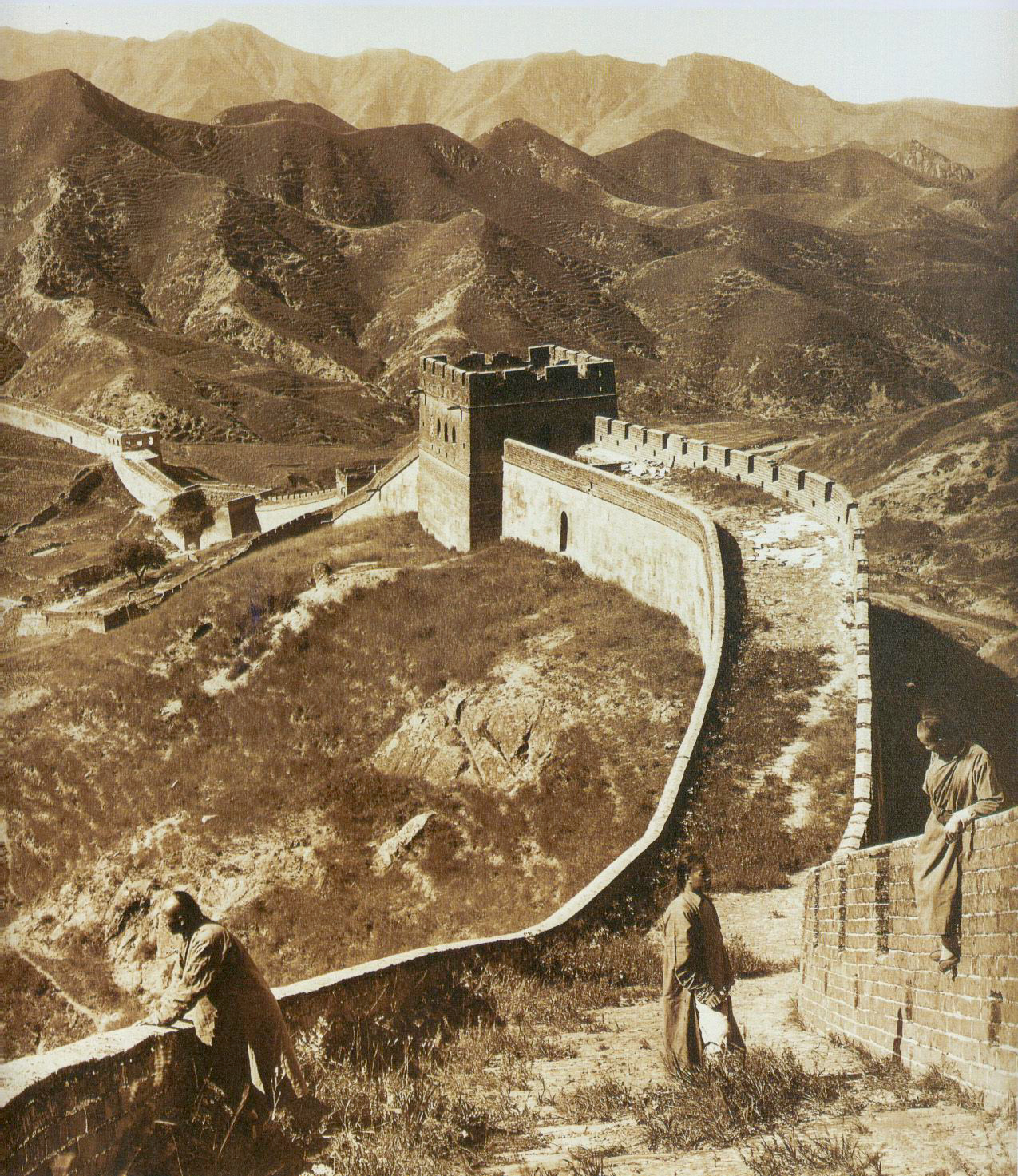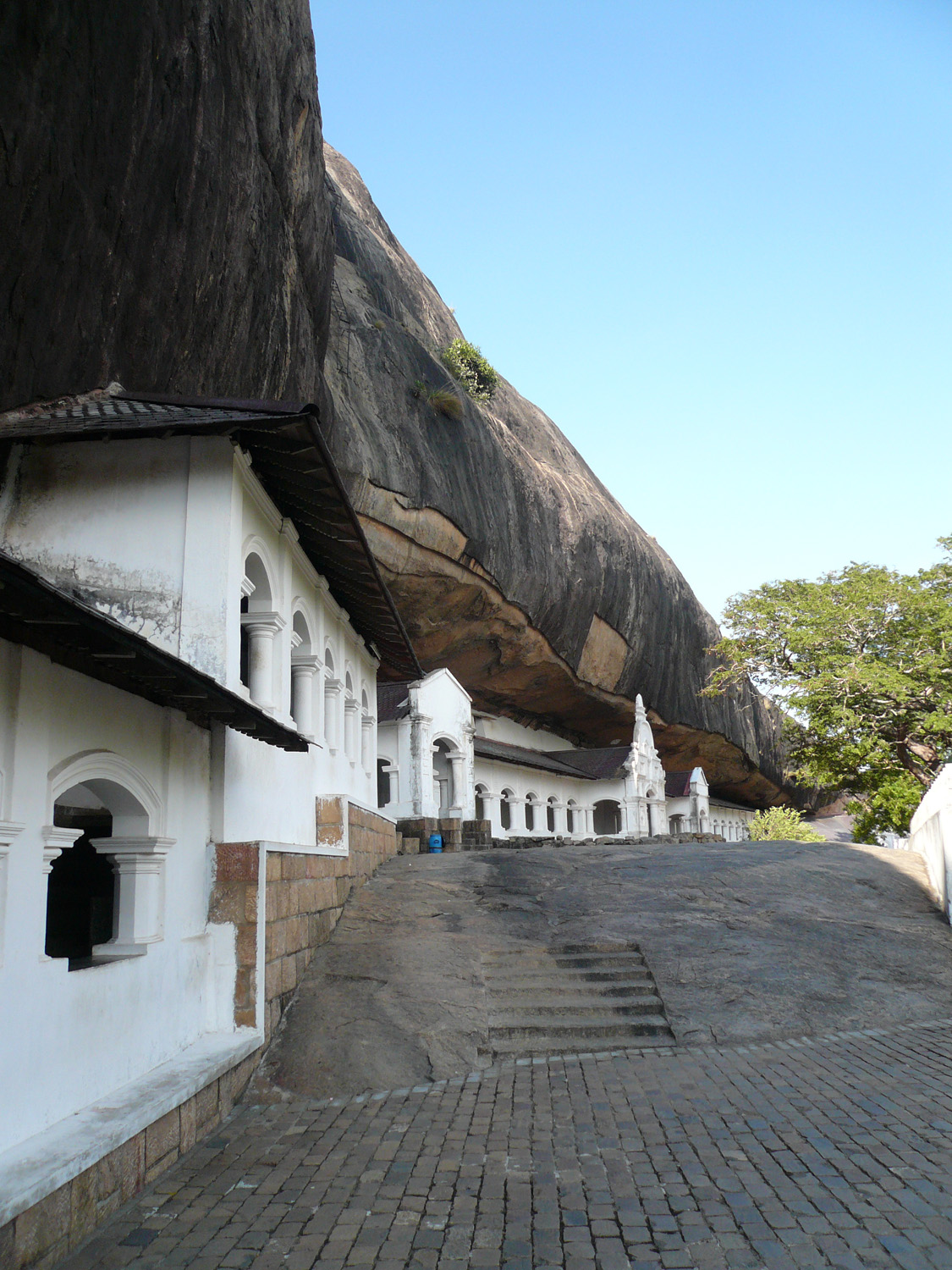 These postcard sent to me by Limoda from Postcrossing
These postcard sent to me by Limoda from PostcrossingThe Palace of Venaria (Italian: Reggia di Venaria Reale) is a former royal residence located in Venaria Reale, near Turin, in Piedmont, northern Italy. It is one of the Residences of the Royal House of Savoy, included in the UNESCO Heritage List in 1997, and one of the largest royal residences in the world, comparable in size and structures to those of Versailles and Caserta (though the latter's park is far larger). The Palace was designed and built from 1675 by Amedeo di Castellamonte. Read more
Information Obtained From Wikipedia, the free encyclopedia









